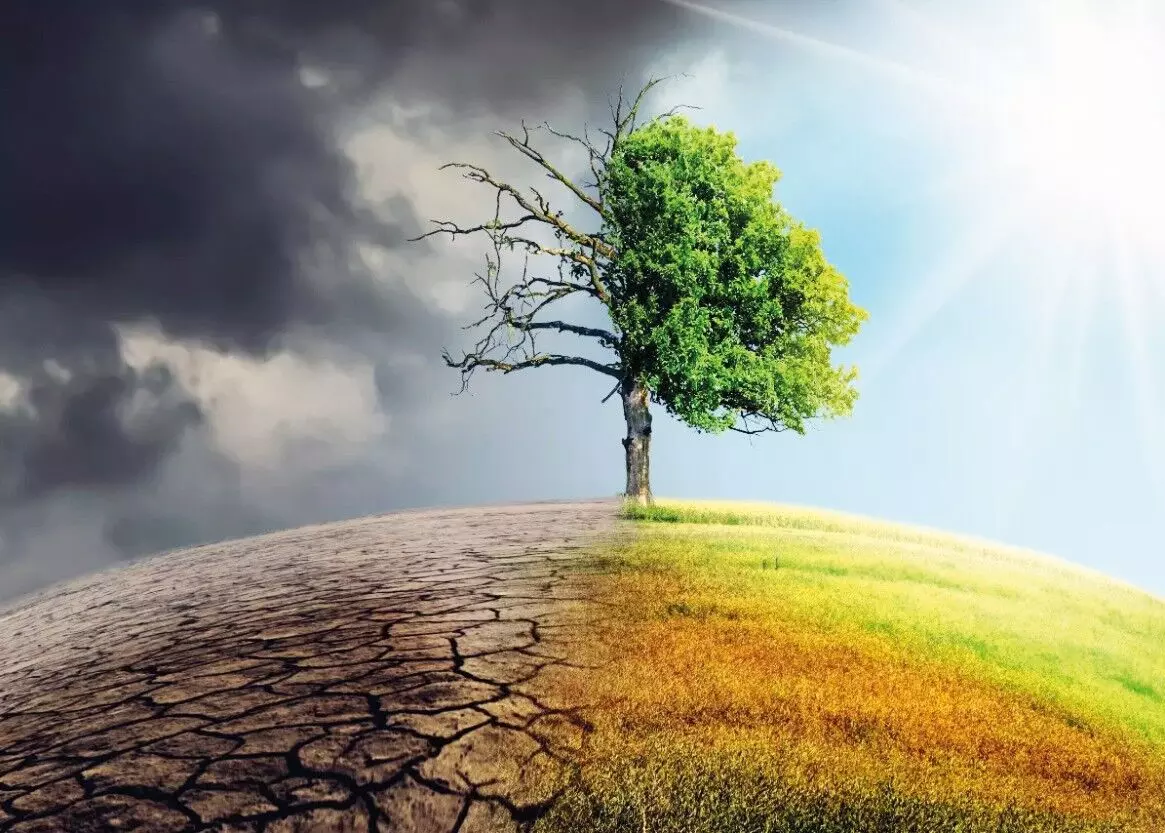Breaking through the Frozen Spirals
The Arctic, warming twice as fast as the rest of the planet, has been triggering self-reinforcing ‘doom loops’ that accelerate global climate chaos

The Arctic ecosystem is critical for the world’s climate. It is also an area where the effects of climate change have been first observed and are likely to be repeated in other geographies before 2050. The IPCC in a special report in 2016 on the ocean and cryosphere, with a focus on polar regions, has found that the Arctic ecosystem is under a lot of strain, is losing ice and permafrost, and this will have a large global impact. Let us discuss these issues in greater detail.
The Arctic ‘Doom Loops’ and How to Close Them
Jan-Gunnar Winther, in his article Arctic Climate Change in the publication of the Norwegian Institute of International Affairs titled Navigating Breakup: Security realities of freezing politics and thawing landscapes in the Arctic, writes that global warming in other parts of the world is affecting the Arctic region disproportionately. The rise in temperatures is 2-3 times higher than the global average, and the rise is higher the further north you go. This rapid climate change in the Arctic, in turn, affects other parts of the world: what happens in the Arctic does not stay in the Arctic. For example, higher temperatures in the Arctic are known to increase the variability of the Indian monsoon and also lead to a rise in the sea levels in China and Singapore. This sets up a vicious cycle, or sets up ‘Doom Loops’ with worsening climate in other parts of the world coming back to affect the Arctic, which, in turn, affects other parts through the atmospheric and oceanic systems. It may be recalled that the term ‘Doom Loop’ was coined by Jim Collins in his 2001 book Good to Great, which is nothing but a set of interconnected negative economic conditions leading to a downward spiral. The Arctic ‘Doom Loops’ work exactly in the same way.
The Special Report of the IPCC published in 2016 shared the following findings:
- Mass loss of ice sheets and glaciers;
- Reduction in snow cover;
- Diminishing extent and thickness of the sea Ice in the Arctic;
- The loss in the ‘white’ ice sheets and snow cover, leads to greater solar radiation being absorbed, adding to the effects of global warming in general;
- Increased permafrost temperature;
- Increase in the presence of some plants and animals as glaciers have receded and the snow free season has lengthened, with a fall in some other species of plants and animals;
- Permafrost thaws due to increased temperatures, which, in turn releases carbon dioxide and methane trapped for centuries, leading to further global warming.
The special report also described the ‘Doom Loops’ nicely: the polar regions are losing ice and the oceans are changing rapidly, which, in turn, is impacting other parts of the world and people in multiple ways. To take a specific example: the report says that the Arctic surface temperature has risen by more than double the global average, with feedback from loss of ice and snow cover leading to amplified warming. Another ‘Doom Loop’ is the one of permafrost thaw, which was brought about by an increase in Arctic temperatures as a result of global warming—the thaw releases carbon dioxide and methane, which leads to more global warming and again, more permafrost thaw and so on.
Breaking the ‘Doom Loops’
The ‘Doom Loops’ or the vicious cycles can be broken by concerted action that we have been discussing in the climate change series of articles. The most obvious way is through various mitigation strategies to reduce emissions of greenhouse gases in all walks of life: industry and manufacturing of steel and cement, environment friendly practice of agriculture and agroforestry, energy transition away from fossil fuels in an accelerated manner, shift from internal combustion engine to electric mobility, better management of energy consumption in urban buildings and residences, and behavioural changes to shift eating habits towards plant-based diets. In addition, the emphasis on negative emissions strategies for removing carbon dioxide such as Direct Air Capture (DAC), Direct Ocean Capture (DOC), Enhanced Rock Weathering (ERW) and biochar should be enhanced.
Conclusion
The Arctic ecosystem is under stress because of anthropogenic emissions of greenhouse gases far away. This has led to the setting up of ‘Doom Loops’ or vicious cycles, leading to a downward spiral, which brings the danger of the tipping point being reached sooner. The ‘Doom Loops’ can, however, be broken by concerted mitigation strategies and carbon dioxide removal strategies. We better start now if the Polar Bear and the Penguin have to be saved.
The writer is Additional Chief Secretary, Department of Cooperation, Government of West Bengal



